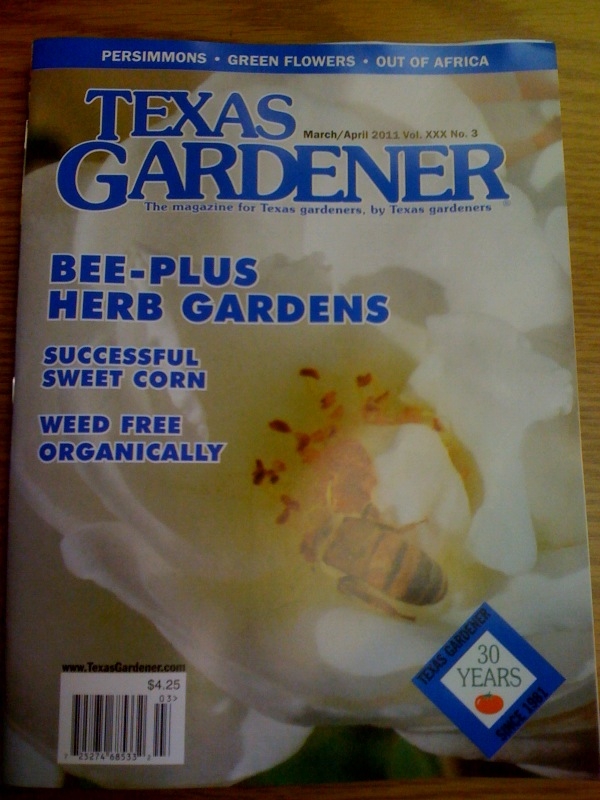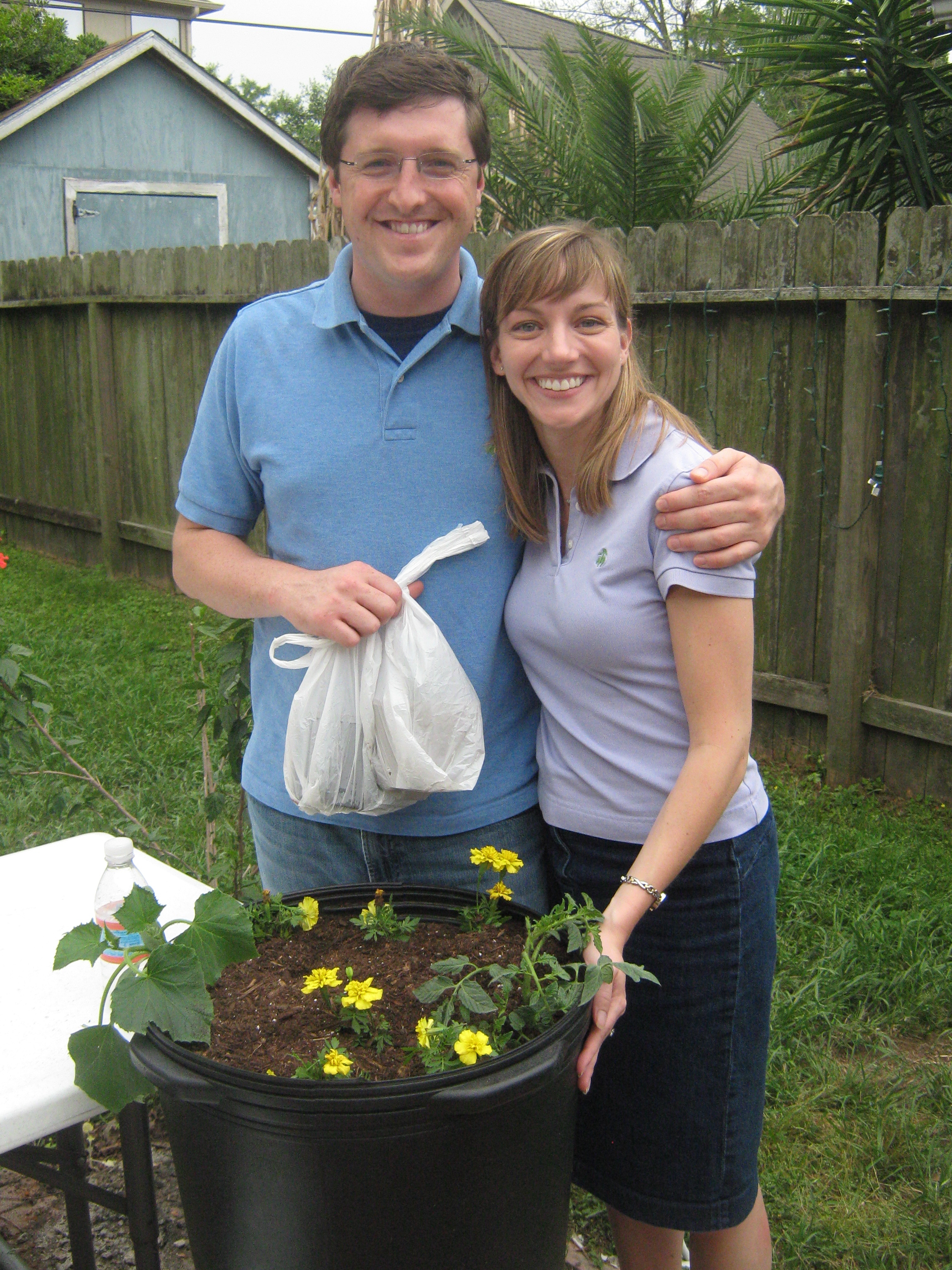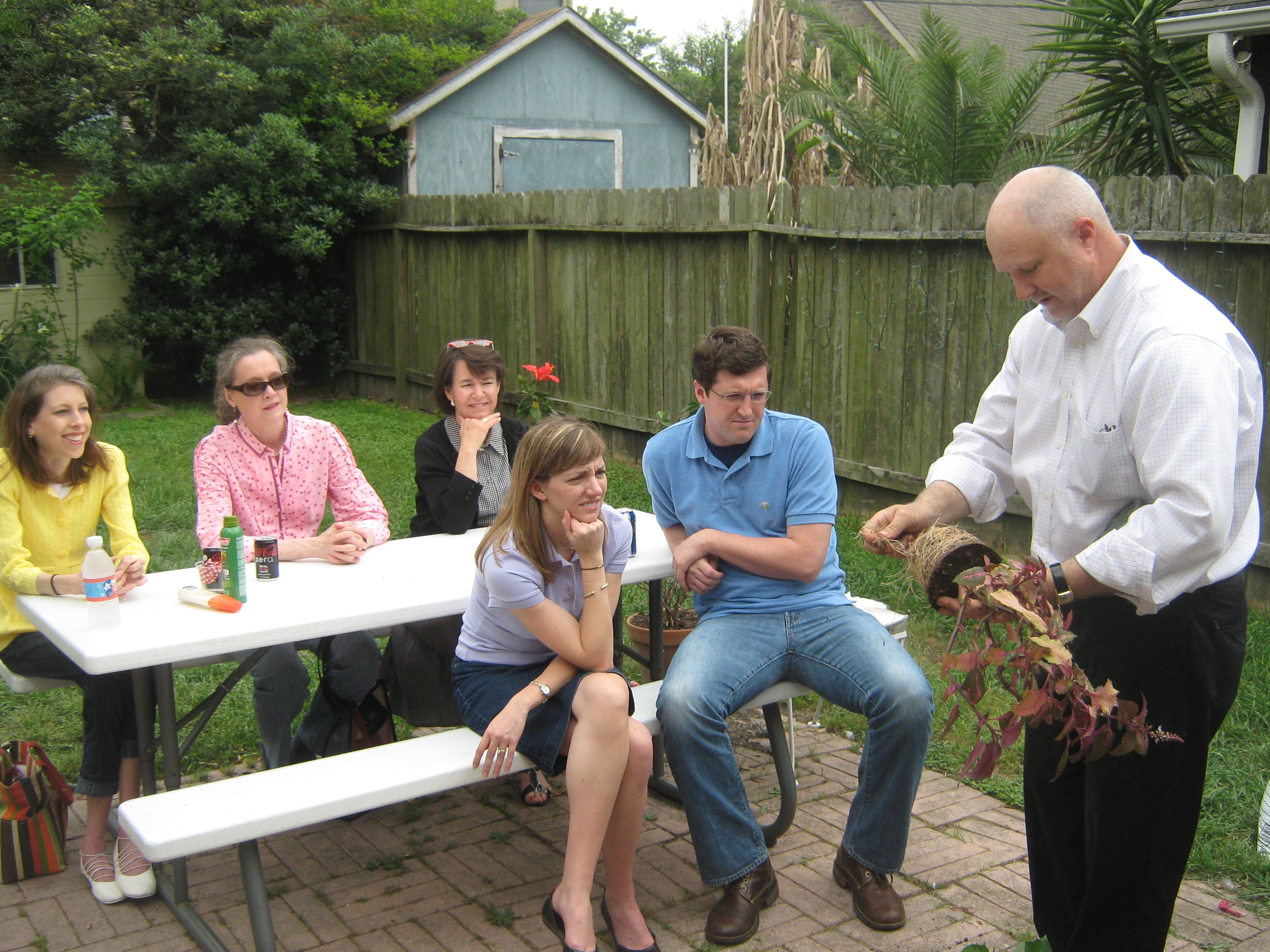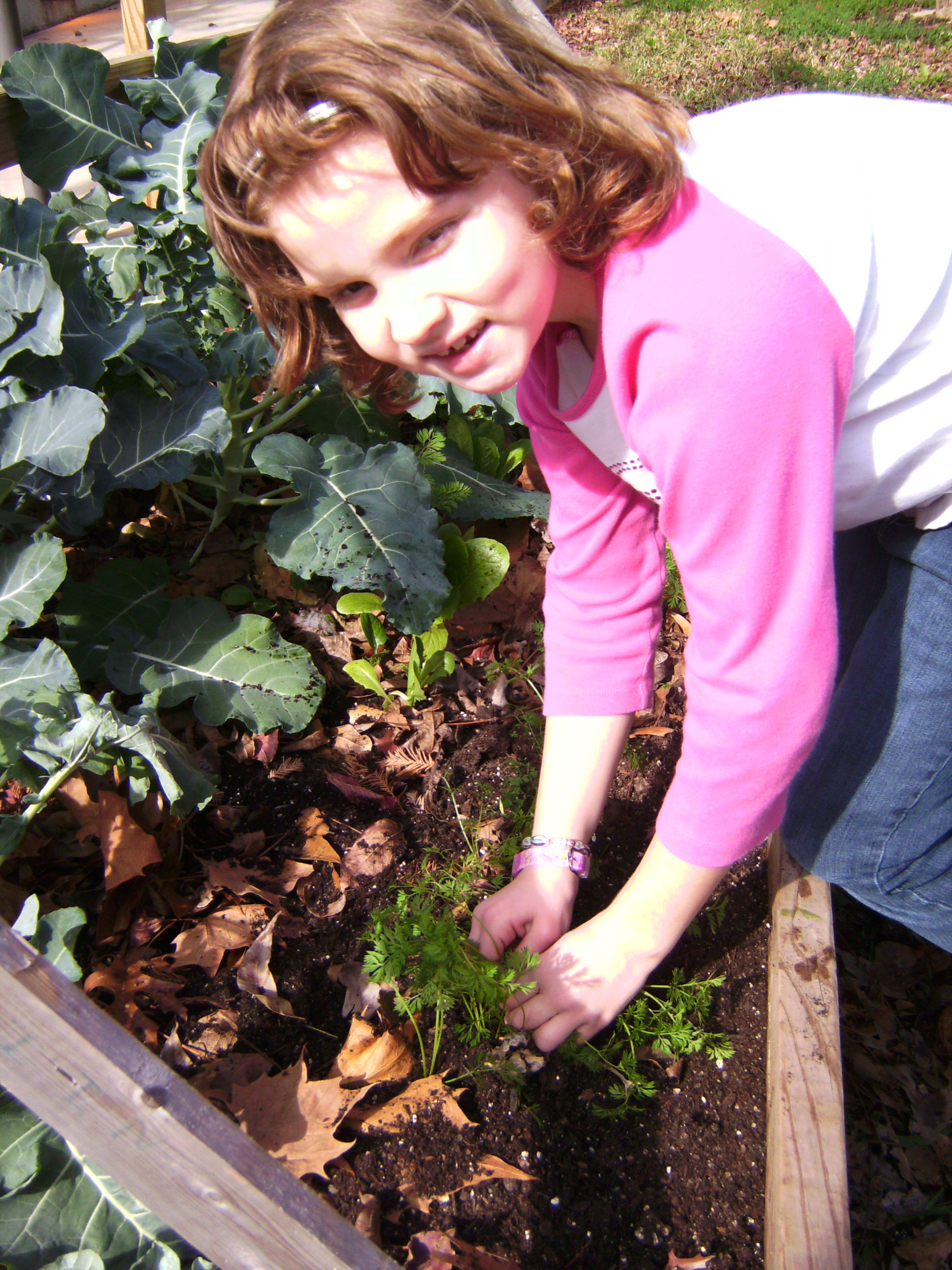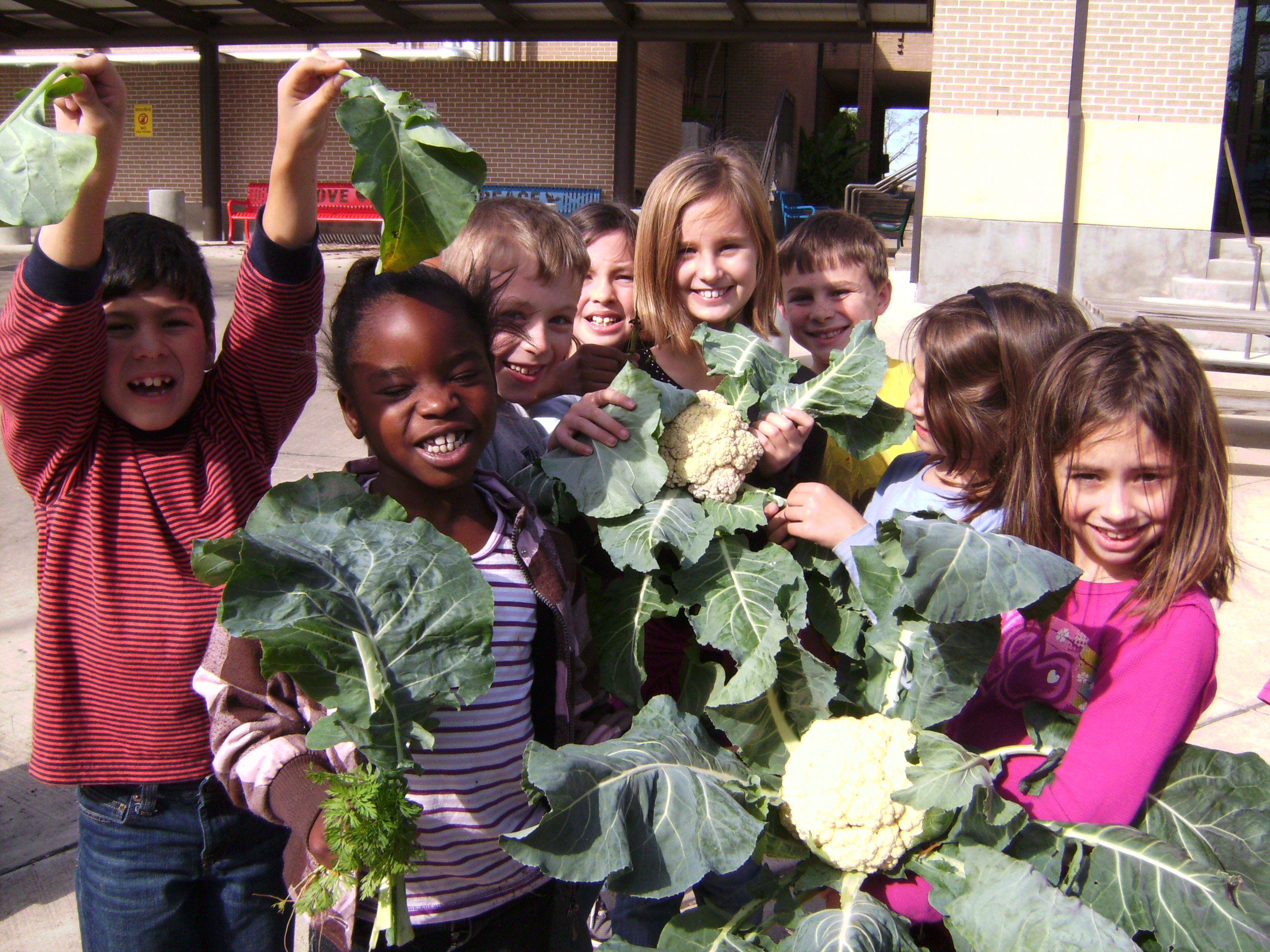This past week should have been one of the busiest weeks of the whole year in the garden. However, instead of setting out plants, weeding, mulching and making blog posts about it all, I was laid up fighting/recovering from the flu. If you have never had the flu, I don’t recommend you try it. This one bout has been enough to make sure that I never ever miss a flu shot ever again.
At least something good happened “garden wise” this past week. Last Saturday, Sally and I got to go Austin to give a presentation on organic weed control at the Mayfiled Park Trowel and Error symposium. Mayfield Park (http://mayfieldpark.org/page1.php) is a 23 acre nature preserve deep in the heart of Austin. However, what makes it outstanding (as far as I am concerned) are the two beautiful acres nestled behind rustic stone walls.
These two acres were once the pride and passion of two remarkable Texans. Dr. Milton Gutsch (Chairman for the History Department at UT for many years) married Mary Mayfield in 1918. In 1922, the young couple moved into the tiny board and batten cottage that had served as a weekend/summer home for the Mayfield family (Mr. Mayfield served as the Chairman of the Railroad Commission and Secretary of State of Texas). Over the next 50 years, the Gutsch’s worked to turn two acres into a beautiful and restful garden dotted with beautiful water features, paved limestone patios and pigeonnier.
After the death of her husband, Mrs. Gutsch gave the property to the city to be used a park. Unfortunately, there was no endowment. So for the next several years the park began to suffer from neglect. Then, in 1986, a group called the Mayfield Park/Community Project came together to return the Mayfield cottage and gardens back to their former glory. This group, headed by Karen Camannati has been at it ever since. This group receives no money from the city of Austin. All of the money for the upkeep of this beautiful and historic place comes from an occasional grant, an annual newsletter and the annual Trowel & Error Symposium.

The flock of peafowl that roam the grounds are all descendants from the first peacocks that came to the property in 1935
I attend a lot of gardening presentations each year. While I usually enjoy all of them, this year’s Trial and Error was one of the most special events that I have ever attended. The welcoming and dedicated spirit of Karen, the generosity of the volunteers and the sheer beauty and history of the place made it the perfect place for a spring gardening event. If you did not make it out to this year’s Trial and Error, please make a point to attend next year. For the past several years Karen and the other members of the board have brought together an impressive array of horticultural speakers. For a $5 donation, you can support an historic Austin gem, learn from talented and passionate gardeners and buy starts from some of the hundreds of antique plants that bloom in the Mayfield gardens. And, if growing plants is not your thing, you can still come. The gardens and the flock of peacocks (that have descended from the original birds gifted to the Gutsch’s in 1935) provide a great opportunity and backdrop for all of you shutterbugs out there.

Pigeonneirs were once common throughout the rural south. Today, they are harder and harder to find. The one at Mayfield is outstanding
I seldom do personal stuff on the blog, but today I am making an exception. Our oldest daughter Kate, is in the hospital. She is suffering from an autoimmune disease called polymyositis. If you are the praying kind, I ask that you remember her and her husband in your prayers. She is in constant pain and there is no quick fix. If you are Catholic and you are participating in the Chaplet of Divine Mercy (http://www.praydivinemercy.com/) right now, please offer one up for her!








